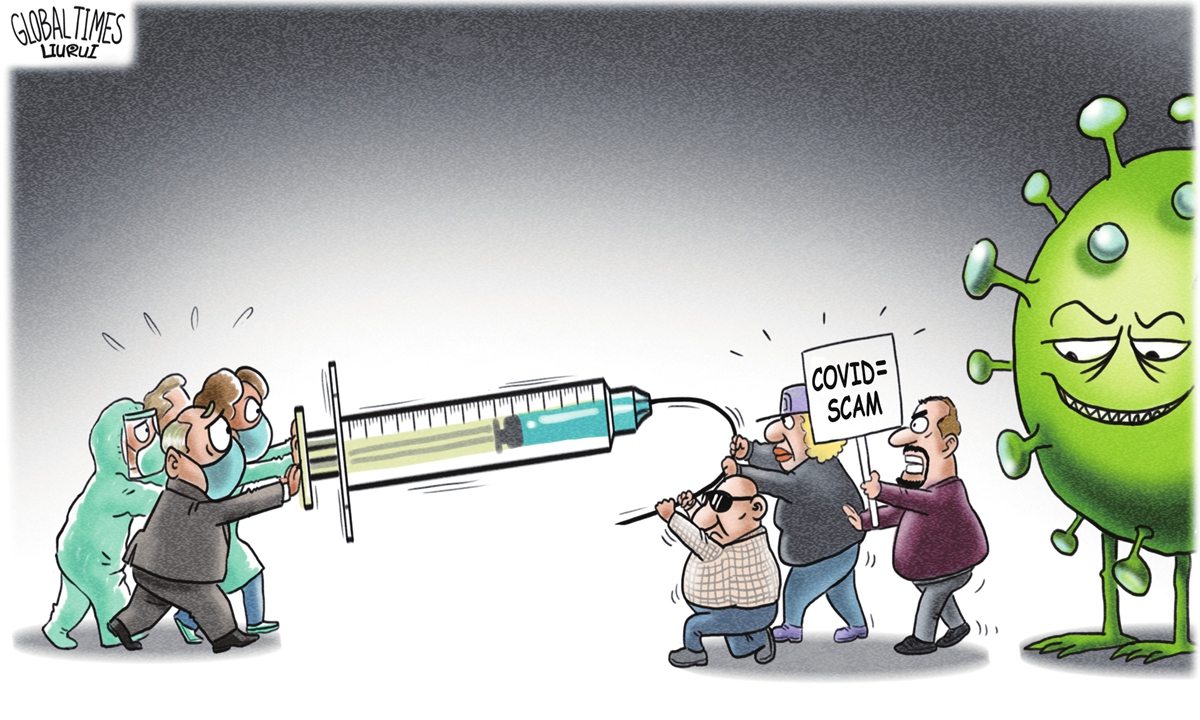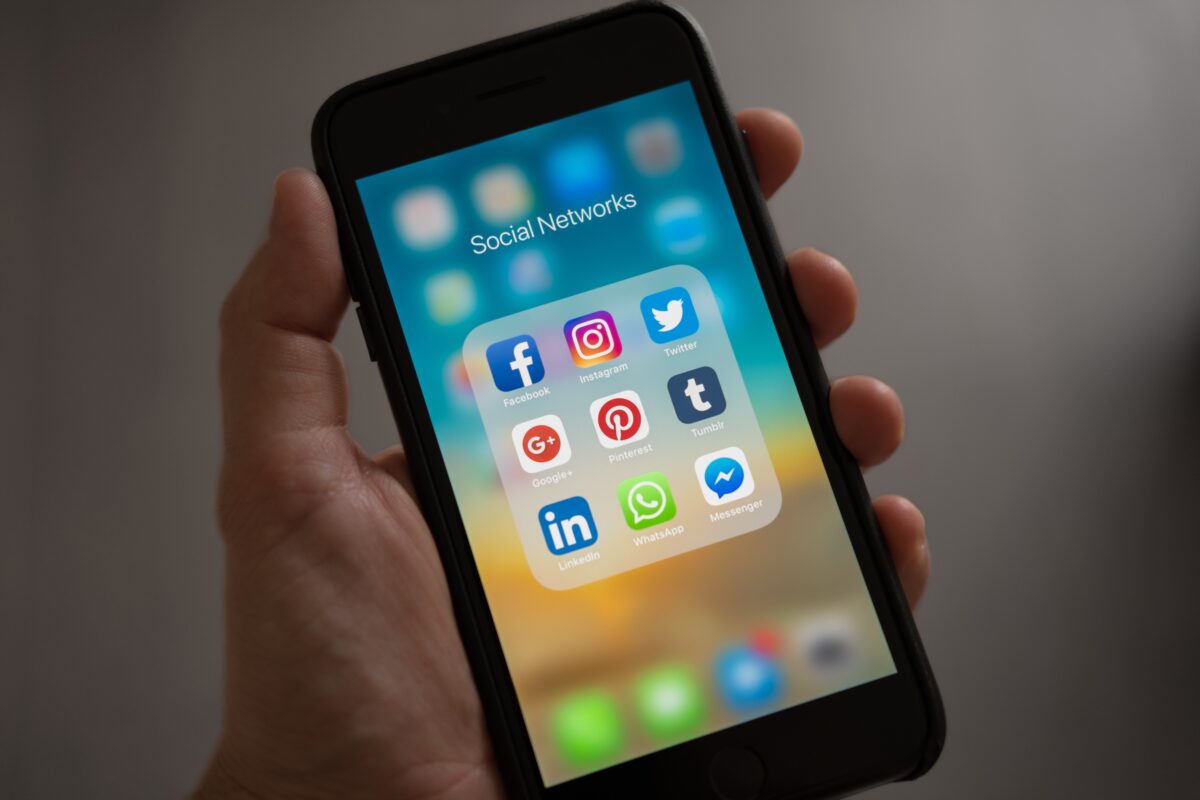Earlier this year, the EU Commission told tech giants Google, Facebook, Twitter and Microsoft to generate monthly reports on their efforts to tackle fake news (Chee, 2021). The problem of fake news has become more serious ever since the start of the Covid-19 pandemic, or as some like to call it: the Covid-19 infodemic. An infodemic refers to a disease outbreak during which too much information, including false or misleading information is being spread on both digital and physical environments (World Health Organization, 2021). This results in mistrust in health authorities and undermining of public health response.
Covid-19 has indeed given rise to immense amounts of fake news being spread on social media platforms. A recent study shows that one in five people believe fake news about Covid-19 (De Bruin, 2021). With the alarming amounts of fake news being spread, imagine the alarming number of people misinterpreting fake news for real news. Misinterpretation or believing fake news on its own might not be harmful, but when such beliefs result in actions (e.g. unwillingness to take the vaccine), it can seriously harm the approach to tackling the Covid-19 pandemic.
Therefore, tech giants must now share the data they have on how misinformation spreads and on the granular impact of their actions in EU countries (Chee, 2021). Companies like Google and Facebook also act on preventing fake news themselves through the use of fact checkers. During Covid-19, Facebook has removed 16 million pieces of content and added warnings to 167 million and Youtube (owned by Google) removed 850.000 videos, all due to ‘dangerous or misleading covid-19 medical information’ (Clarke, 2021). Additionally, Google has released an open fund for projects debunking vaccine misinformation, accepting applications from projects that want to broaden the audience of fact checks (Mantzarlis, 2021).
It is understandable that governments and state organizations such as the EU Commission require action to tackle fake news from the platforms the fake news is being spread on. However, it is impossible for these platforms to fully stop the spread of fake news, even with the use of fact checkers and the sharing of data with governmental institutions. Therefore, some are saying that doctors must tackle fake news related to Covid-19. They would be able to stop the spread of false information by refuting misleading health information and providing appropriate sources to accompany their refutation (O’Connor, 2020). It is debatable whether this approach would work, therefore I would like to ask what you think. Whose responsibility is it to tackle fake news related to Covid-19?
References
Chee, F. Y. (2021). EU tells Google, Facebook and Twitter to extend fake news watch, COVID-19 in focus. Retrieved October 7, 2021, from https://www.reuters.com/article/us-eu-tech-fakenews-idUSKBN29X1R2
Clarke, L. (2021). Covid-19: Who fact checks health and science on Facebook? Retrieved October 7, 2021, from https://www.bmj.com/content/373/bmj.n1170
De Bruin, B. (2021). New study shows: one in five people believe fake news about COVID-19. Retrieved October 7, 2021, from https://www.rug.nl/feb/news/current/new-study-shows-one-in-five-people-believe-fake-news-about-covid-19?lang=en
Mantzarlis, A. (2021). An open fund for projects debunking vaccine misinformation. Retrieved October 7, 2021, from https://blog.google/outreach-initiatives/google-news-initiative/open-fund-projects-debunking-vaccine-misinformation/
O’Connor, C. (2020). Going viral: doctors must tackle fake news in the covid-19 pandemic. Retrieved October 7, 2021, from https://www.bmj.com/content/369/bmj.m1587
World Health Organization. (2021). Infodemic. Retrieved October 7, 2021, from https://www.who.int/health-topics/infodemic/the-covid-19-infodemic#tab=tab_1


